Geranium propagation: simple steps for making more pelargoniums
Our expert guide on geranium propagation has all the tips you need for taking cuttings and sowing seeds
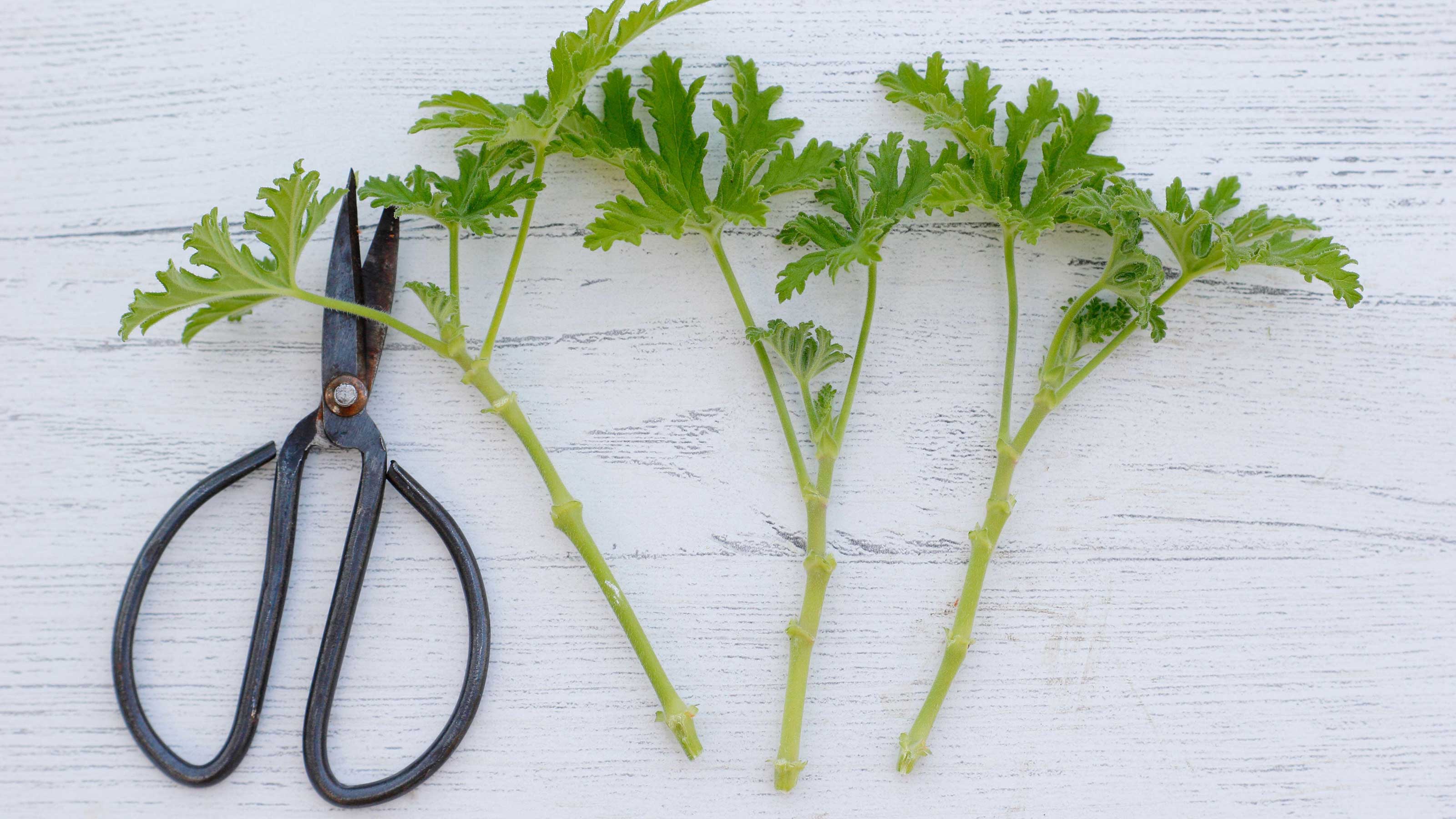

Trying geranium propagation at home is really straightforward and super rewarding. Everyone loves these colorful container-garden staples, otherwise known as pelargoniums, with their range of reds, whites, and crimson-pink blooms. So if you have one in your yard, why not expand your collection for free?
Generally, taking cuttings from plants is one of the best methods of propagation and there are a few different types of cuttings you can take. With geraniums, which are tender plants, you'll need to take softwood cuttings. This is material from soft, green, new growth, which roots easily. For some varieties, you can also grow new plants from seed.
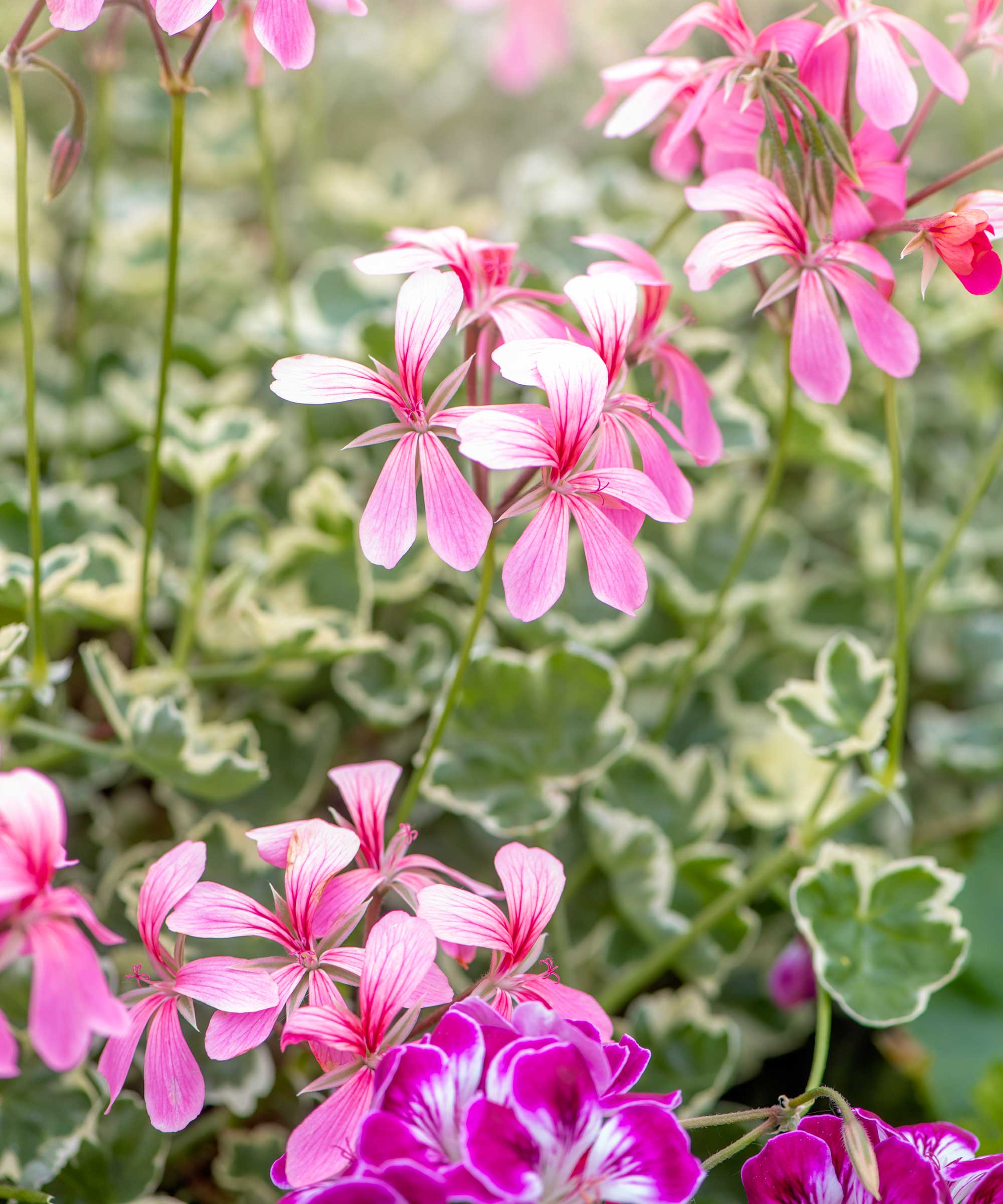
Geraniums are perfect for brightening up a patio
When to take cuttings from geraniums
According to the RHS, the best time to take cuttings for geranium propagation is from spring to autumn. John Negus, a gardening expert from Amateur Gardening, says late summer is the ideal time.
The cuttings can then be overwintered, ready for planting out on a sunny patio when temperatures warm.
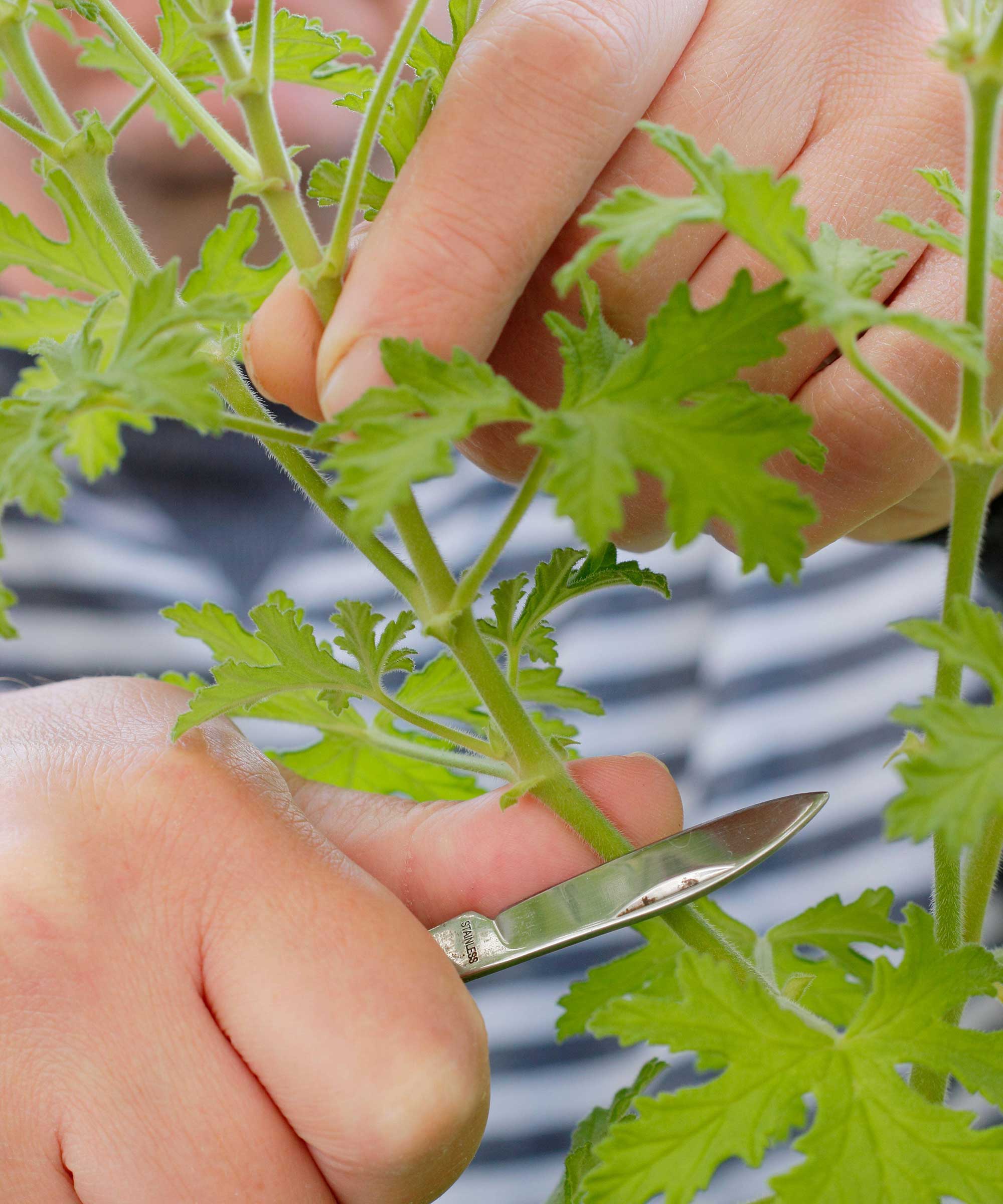
Taking cuttings is simple
How to take geranium cuttings in 5 simple steps
Attempting to root your cuttings in water, rather than soil, is a mistake when propagating geraniums. Instead, you'll need to use a gritty compost.
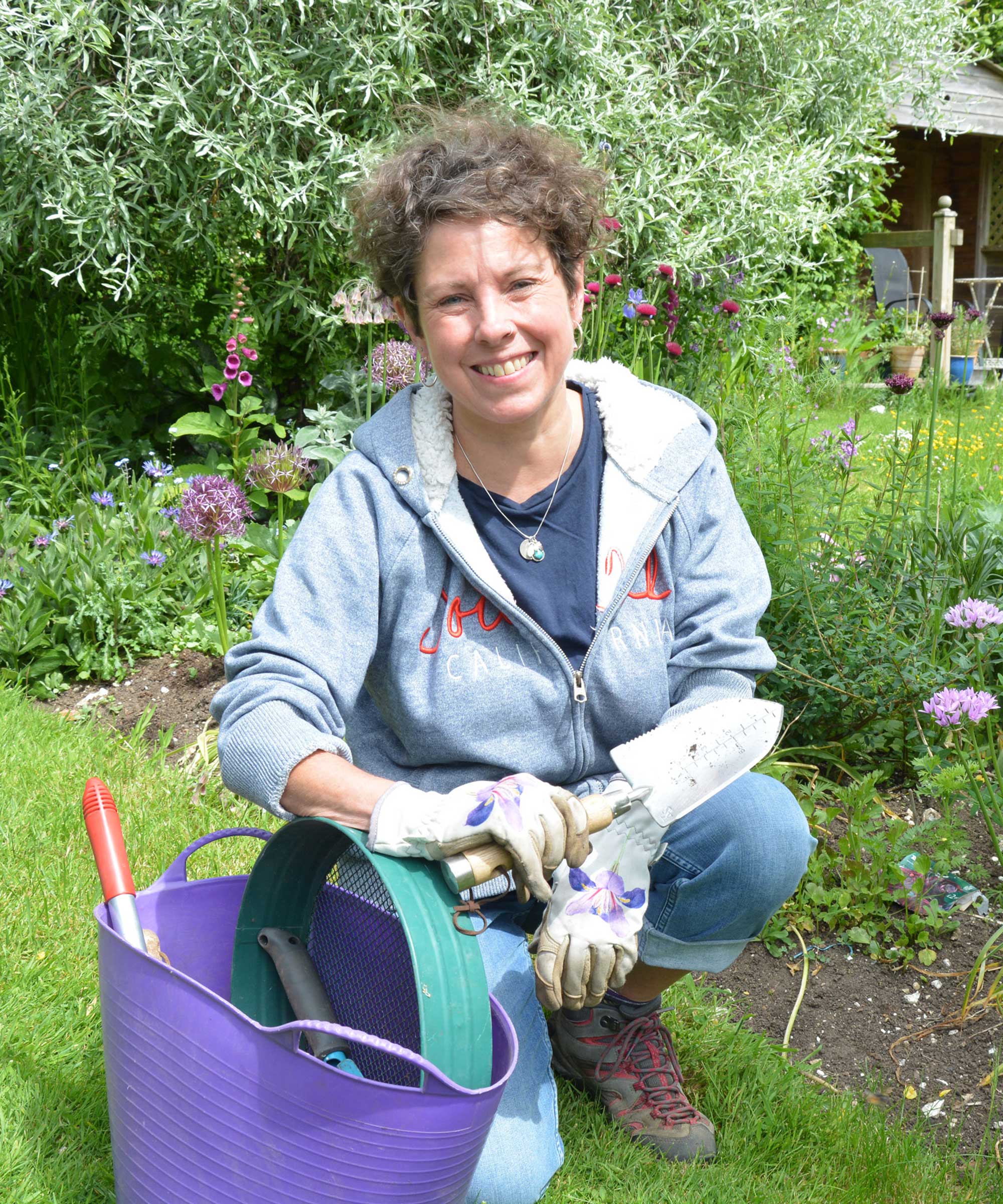
Ruth is horticulturally trained, with a qualification from the Royal Horticultural Society. She spends her working days carrying out, writing about and photographing outdoor tasks for Amateur Gardening, such as geranium propagation. She shares her step-by-step tips on how to take geranium cuttings below:
- Shorten the side shoots of your geraniums to 4-6in (10-15cm) and keep the healthiest bits of removed plant material.
- Pinch off the lower leaves and tip from the offcuts and cut the bottom off so they are around 3in (7cm) long. Remove any flowers, adds John.
- Dip the cut end of the stem in hormone rooting gel or powder (available on Amazon) to help the development of a strong root system.
- Insert the cutting into a pot filled with a dampened gritty mix of cuttings compost and perlite or vermiculite.
- Water them in and place in a frost-free greenhouse or on a light, cool windowsill out of direct sunlight. They will root within a few weeks.
Once they have rooted, if your cuttings are in individual pots, leave them for a few more weeks and then pot them into larger pots of peat-free compost, says John. 'If you have several cuttings in one pot, when roots start to show through the bottom gently knock them out and pot them on individually.'
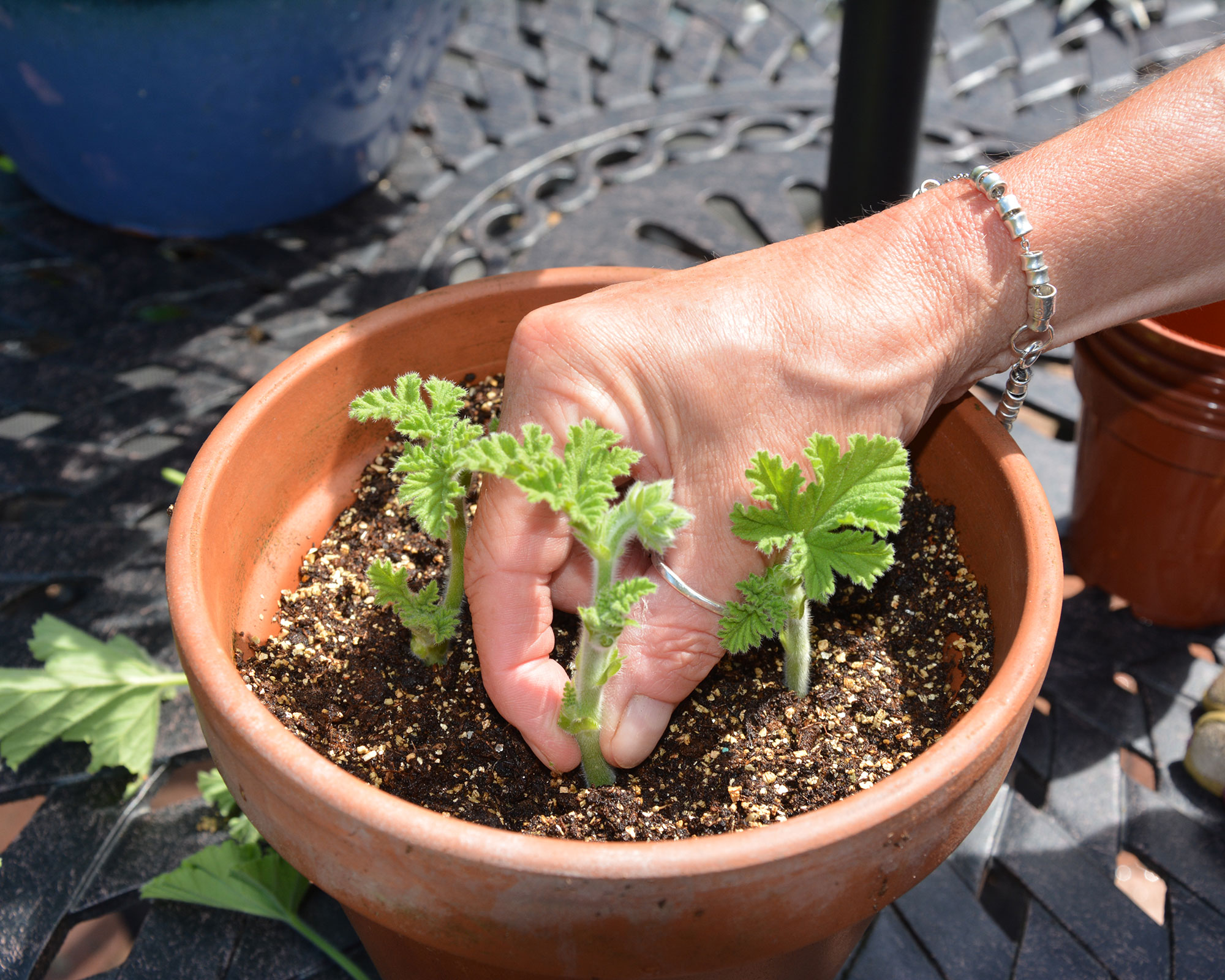
Pot up healthy geranium cuttings in pots of gritty seed-and-cuttings compost
How should you care for your geranium cuttings over winter?
'Rooted pelargonium cuttings need a minimum winter temperature of 45°F (8°C),' says John. 'Older plants may be able to cope with lower temperatures if their compost is dry, but cuttings are more vulnerable in having fewer roots and leaves.'
A slightly heated potting shed is the ideal place (as long as it is quite light), he continues. If you have taken lots of cuttings, you could divide them between the shed and the greenhouse, if you have one, to see how they get on, he adds.
'In both cases, keep watering to a minimum, so the compost is barely moist. Cover those in the greenhouse with fleece [available on Amazon] when cold overnight temperatures are forecast,' – this will help protect the plants from frost.
'Uncover your plants during the day to prevent the build-up of condensation and moisture, which almost always leads to problems with grey mold. Also, remove dead and damaged foliage and any flower buds that develop.'
Don't forget to winterize your full-sized geraniums, too.
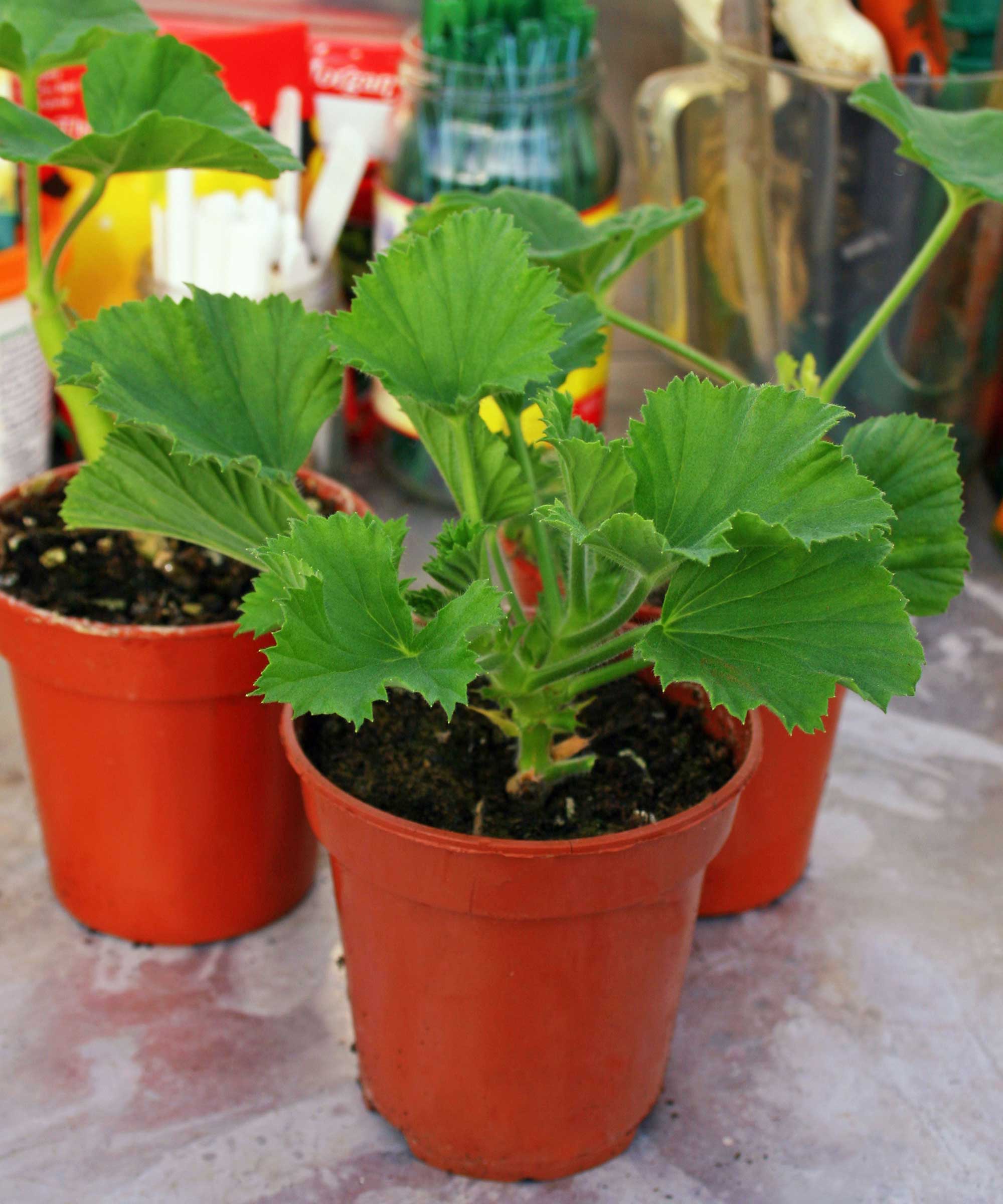
Protect your cuttings from inclement weather
How to propagate pelargoniums from seed
You can increase your stocks of some varieties of pelargoniums by growing them from seed. As the RHS explains, these are the bedding types (Zonal F1 and F2).
Some 'species' pelargoniums can also be propagated this way, they add. These include Pelargonium odoratissimum which has apple-scented leaves, Pelargonium capitatum which is rose-scented, and Pelargonium vitifolium (lemon). All are beautiful additions to a container garden in summer, or a bright windowsill indoors.
While some plants produce hundreds, if not thousands of seeds, pelargoniums are very much the opposite. 'Pelargoniums have a rule: one flower, one seed, that's your lot,' says the team at Chiltern Seeds. And, these have to be hand-picked, which explains why you won't get many seeds in most shop-bought packets.
Sow the seeds in late winter in a sheltered, warm environment, such as a heated greenhouse. Keep the soil moist but not waterlogged, and prick out the seedlings and pot them on when they're large enough to handle.
According to Thompson & Morgan, they should take between 18-20 weeks to mature and produce flowers.

The garden was always a big part of Holly's life growing up, as was the surrounding New Forest where she lived. Her appreciation for the great outdoors has only grown since then. She's been an allotment keeper, a professional gardener, and a botanical illustrator – plants are her passion.
